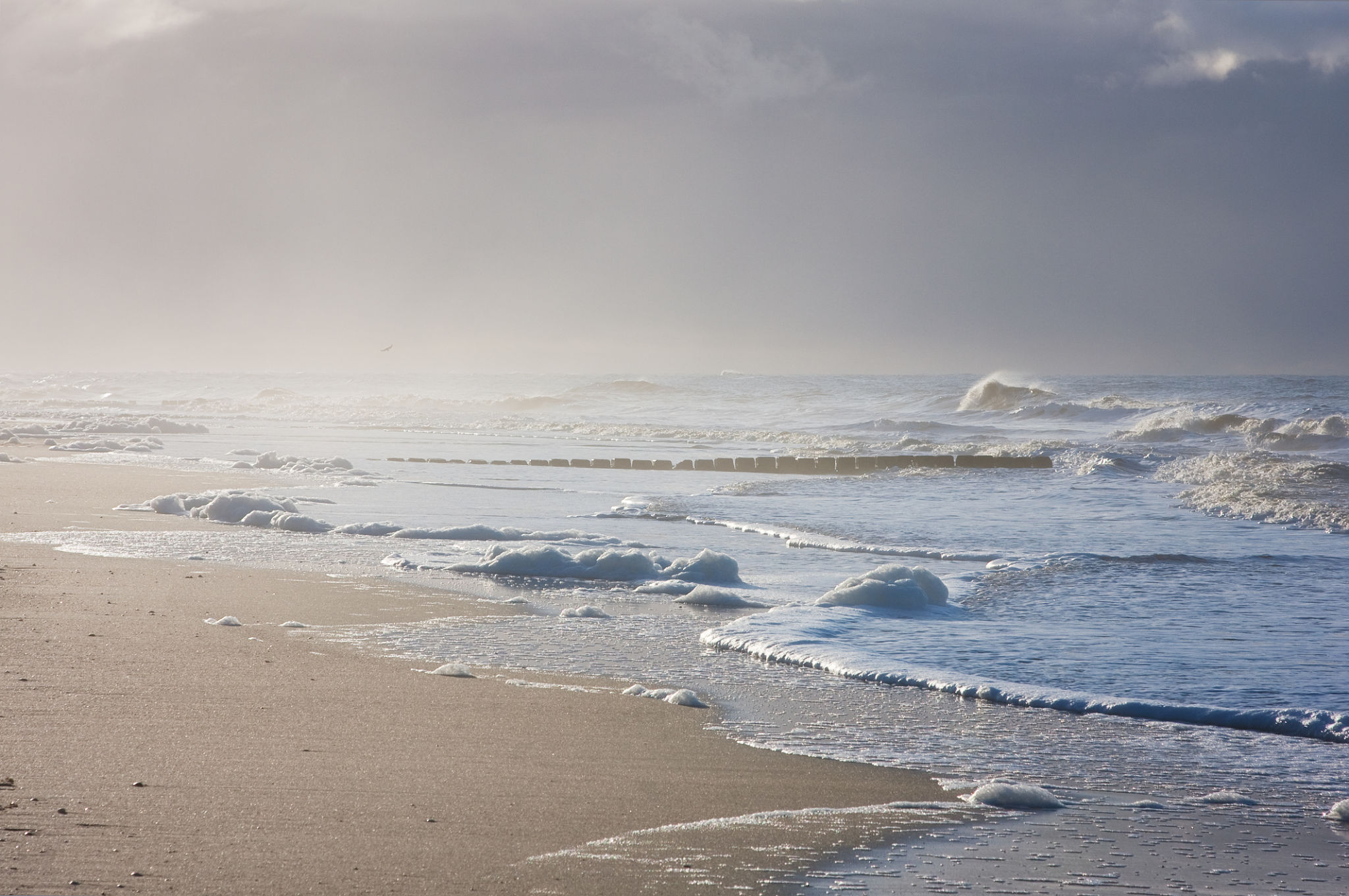Seasonal Tips for Maintaining Healthy Beach Ecosystems
Understanding the Importance of Beach Ecosystems
Beach ecosystems are vibrant and complex networks that not only provide habitats for diverse species but also offer recreational spaces for humans. Maintaining these ecosystems is crucial for preserving biodiversity and ensuring the health of our planet. The changing seasons present both challenges and opportunities for the management of these delicate environments.
As the seasons change, so do the needs of beach ecosystems. Each season brings unique environmental factors and human activities that can impact the health of these areas. By understanding and adapting to these changes, we can help preserve these vital ecosystems.

Spring: Preparing for New Growth
The arrival of spring marks a time of renewal and growth in beach ecosystems. Plants begin to bloom, and animals emerge from their winter dormancy. This is an ideal time to focus on habitat restoration and clean-up efforts.
Engaging in Beach Clean-Ups
Organizing or participating in beach clean-ups is a great way to prepare for the new season. Removing litter and debris helps protect marine life and improves the overall health of the ecosystem. Consider involving local communities and schools to increase awareness and participation.

Summer: Managing Increased Human Activity
Summer is a peak time for beachgoers, which can lead to increased stress on beach ecosystems. It's essential to implement strategies to manage this influx of visitors while protecting the natural environment.
Implementing Sustainable Practices
Encouraging sustainable practices among visitors can significantly reduce their impact. This includes promoting the use of reusable containers, providing adequate waste disposal facilities, and educating visitors about the importance of staying on designated paths to protect fragile dune systems.

Autumn: Supporting Migratory Species
During autumn, many species embark on migration journeys, using beach ecosystems as critical stopover points. Supporting these species is vital for maintaining biodiversity.
Creating Safe Habitats
Protecting nesting sites and providing safe habitats for migratory birds can help ensure their survival. This might involve restricting access to certain areas during peak migration times and monitoring populations to identify any threats.
Winter: Addressing Erosion and Storm Impact
Winter months often bring harsher weather conditions, including storms that can accelerate erosion and damage beach ecosystems. Proactive measures can mitigate these impacts.
Strengthening Natural Defenses
Planting native vegetation can help stabilize dunes and reduce erosion. These plants act as natural barriers against wind and water, preserving the integrity of the beach ecosystem. Additionally, monitoring erosion patterns can inform future conservation efforts.

Year-Round Commitment to Conservation
Maintaining healthy beach ecosystems requires a year-round commitment from both individuals and communities. By adopting seasonal strategies and fostering a culture of environmental stewardship, we can ensure that these vital habitats thrive for generations to come.
Whether you're a local resident or a visitor, remember that every small action counts. From participating in clean-ups to spreading awareness about sustainable practices, your contributions are crucial in preserving the beauty and biodiversity of our beaches.